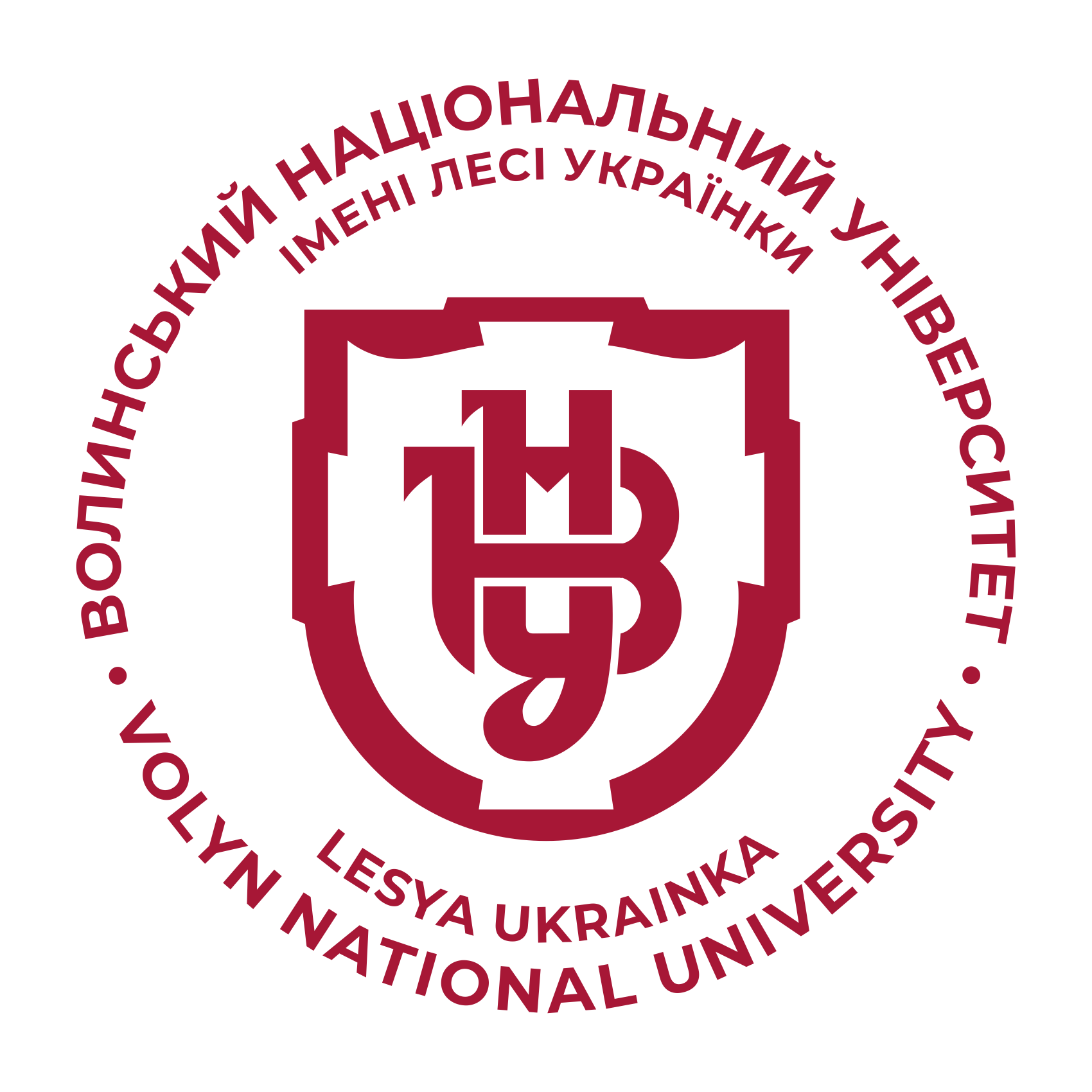METHODS OF MEASURING INFORMATION NOISE IN MARKETING RESEARCH
DOI:
https://doi.org/10.29038/2786-4618-2025-01-221-229Keywords:
information noise, marketing research, data analysis, information distortion, data relevance, mathematical models.Abstract
Introduction. In the context of information overload and increasing data volumes, marketing research faces significant obstacles associated with the influence of information noise, which distorts the results of analysis and complicates management decision-making. At the same time, since information noise includes unsystematic data, distortions, excess information and false signals that make it difficult to identify real trends and consumer needs, the development of effective methods for measuring information noise is an important task for improving the quality of marketing research.
The purpose of the article. The purpose of the study is to determine methods for measuring information noise in marketing research aimed at increasing the accuracy of data analysis, minimizing the impact of information distortions, and optimizing decision-making in strategic planning of marketing activities.
Methods. The methodological basis of the study is a systematic approach, which includes the use of quantitative and qualitative methods of analyzing information noise. Content analysis was used to identify sources of noise, mathematical models to measure it and assess its impact on the results of marketing research. Comparative analysis methods were used to compare the effectiveness of different approaches, as well as logical generalization to confirm the reliability of the results obtained.
Results. The article examines the problems of information noise in the context of modern marketing research, in particular its sources, main characteristics and impact on the results of the analysis. It studies how information noise manifests itself in data collected through various channels and analyzes the key factors that generate information noise and are associated with data redundancy, irrelevance and ambiguity. It examines approaches to measuring the level of information noise based on mathematical modeling, statistical methods, machine learning algorithms and artificial intelligence tools. It proves the need to combine quantitative and qualitative methods that allow comprehensively assessing the level of noise and its impact on data quality. It explores the possibilities of integrating the latest technologies to automate data cleaning processes using intelligent filters, anomaly detection programs and algorithms for classifying irrelevant information.
Conclusions. It has been proven that correct identification and reduction of information noise contributes to increasing the accuracy of forecasts, optimizing marketing strategies and rationalizing the processes of making managerial decisions. Principles for overcoming information noise have been identified, which allow businesses to adapt to the complex conditions of the information environment, reducing the cost of time and resources for processing irrelevant information.
References
1. Dziamulych, M. I. (2010). Sutnist elektronnykh groshei v suchasnii finansovii systemi [The essence of electronic money in the modern financial system].Ekonomichni nauky. Seria “Oblik ta finansy” – Economic sciences. "Accounting and finance" series. Vol. 7(25). Part 4. Pp. 181–185 [in Ukrainian].
2. Dziamulych, M. I., & Reikin, Yu. Yu. (2024). Podviinyi tsyfrovyi ta zelenyi perekhid v konteksti formuvannia stiikoi ekonomichnoi systemy [Double digital and green transition in the context of the formation of a sustainable economic system]. Ekonomika ta suspilstvo – Economy and Society. Vol. 61 [in Ukrainian].
3. Dovhanyk, N. M., & Chaliuk, Yu. O. (2018). Kontseptsiia hlobalnoi osvity v istorychnii retrospektyvi [The concept of global education in historical retrospect]. Mizhnarodni vidnosyny: teoretyko-praktychni aspekty – International relations: theoretical and practical aspects. Vol. 1. Pp. 22–29 [in Ukrainian].
4. Shmatkovska, T. O., & Dziamulych, M. I. (2022), Stratehichnyi upravlinskyi oblik v umovakh tsyfrovoi ekonomiky [Strategic management accounting in the digital economy]. Galytskyi ekonomichnyi visnyk – Galician Economic Bulletin. Vol. 74(1). Pp. 61–67 [in Ukrainian].
5. Shmatkovska, T. O., Korobchuk, T. I., & Borysiuk, O. V. (2023). Suchasni informatsiino-komunikatsiini tekhnolohii v systemi oblikovo-analitychnoho zabezpechennia shchodo modeliuvannia biznes-protsesiv [Modern information and communication technologies in the system of accounting and analytical support for modeling business processes]. Ekonomika ta suspilstvo – Economy and society. Vol. 53 [in Ukrainian].
6. Iashchenko, O. O. (2024). Information noise and marketing tools to overcome it. Economic journal of Lesya Ukrainka Volyn National University – Ekonomichnyi chasopys Volynskoho natsionalnoho universytetu imeni Lesi Ukrainky. Vol. 4(40). Pp. 151–157 [in Ukrainian].
7. Iashchenko O. O. (2025). Prospects for marketing strategies in times of crisis and increasing information noise: innovative approaches. Investytsii: praktyka ta dosvid – Investments: practice and experience. Vol. 3 [in Ukrainian].
8. Iashchenko, O. O. (2024). Modern approaches to developing a minimalistic marketing strategy. Ekonomika ta suspilstvo – Economy and Society. Vol. 70 [in Ukrainian].
9. Arakelova, I., Shulpina, N., Tokareva, V., Nahorna, O., Shulha, O., Khomiuk, N., Sodoma, R., & Shmatkovska, T. (2024). Research and management of the price policy in the field of marketing services of the enterprise using modern information technologies in the conditions of sustainable development. AD ALTA: Journal of interdisciplinary research. Vol. 14(1). Special Issue XL. Pp. 240-244.
10. Dovhanyk, N. M., & Chaliuk, Y. O. (2017). International non-governmental organizations and social responsibility. The scientific heritage. Vol. 8(8). Pp. 39–42.
11. Dziamulych, M., Moskovchuk, A., Vavdiiuk, N., Kovalchuk, N., Kulynych, M., & Naumenko, N. (2021). Analysis and economic and mathematical modeling in the process of forecasting the financial capacity of milk processing enterprises of the agro-industrial sector: a case study of Volyn region, Ukraine. Scientific Papers Series “Management, Economic Engineering in Agriculture and Rural Development”. Vol. 21(1). Pp. 259–272.
12. Shmatkovska, T., Volynets, L., Dielini, M., Magopets, O., Коpchykova, I., Kytaichuk, T., & Popova, Yu. (2022). Strategic management of the enterprise using the system of strategic management accounting in conditions of sustainable development. AD ALTA: Journal of interdisciplinary research. Vol. 12(2). Special Issue XXIX. Pp. 123-128.







